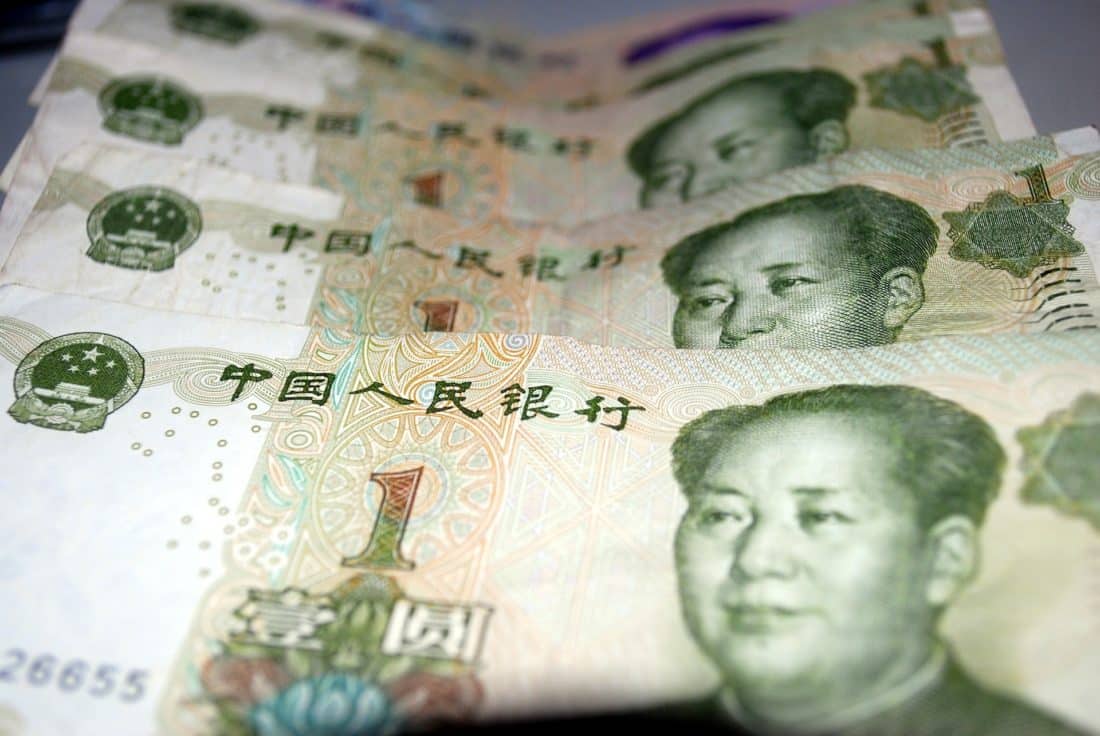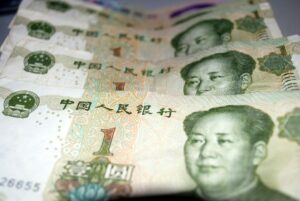Quick Look:
- China plans additional measures to stabilize the yuan against the US dollar amidst global economic uncertainties.
- The yuan hit a low, at 7.3115 offshore and 7.2734 onshore against the dollar.
- The US dollar index rose by 1.16% in June, further pressuring the yuan.
- Delays in US interest rate cuts and domestic economic recovery concerns weigh the yuan.
As global economic currents shift, China gears up with additional policy measures to stabilize the yuan. These moves are expected to counter the uncertainties brought on by US monetary policies, particularly those of the Federal Reserve. With these measures, China hopes to help the yuan gain a firmer footing against the US dollar in the latter half of the year. This proactive approach by Chinese policymakers highlights the importance they place on maintaining the stability of their currency amidst an unpredictable global economic environment.
Yuan Hits a Rough Patch
Wednesday marked a significant low for the yuan, plummeting to its weakest level against the US dollar since November. Specifically, the offshore yuan slipped to 7.3115, while the onshore yuan settled at 7.2734, marking a 20 basis point drop from the previous session. This decline reflects the yuan’s broader challenges, exacerbated by domestic economic concerns and global monetary dynamics. The weakening of the yuan is a stark reminder of the intricate balance required to manage a nation’s currency in a globally interconnected economy.
The US Dollar Index and Its Ripple Effects
June saw the US dollar index rally by an impressive 1.16%, reaching 105.84 by the end of the month. However, by Wednesday afternoon, it had slightly retreated to 105.63. The dollar’s strength, driven by various factors, including expectations surrounding the US Federal Reserve’s interest rate policies, places additional pressure on the yuan. As the dollar strengthens, currencies like the yuan often face downward pressure, making it crucial for Chinese policymakers to implement strategies to mitigate such impacts.
Factors Pressuring the Yuan
Since the beginning of June, the yuan has been under pressure against the dollar, primarily due to uncertainties surrounding the US Federal Reserve’s potential delay in interest rate cuts. A noted economist, Liu Chunsheng, highlights that concerns over domestic economic recovery also play a significant role in this scenario. These combined factors create a complex backdrop against which China must navigate its monetary policy, ensuring that the yuan remains stable despite these external pressures.
Expected Fluctuations in the Yuan
Analysts predict that the yuan will fluctuate between 7.1 and 7.3 against the dollar in the year’s second half. This expected fluctuation range considers the risk that the Federal Reserve may maintain higher interest rates (between 5.25 and 5.5 %) for a longer duration this year. Such a scenario would exert sustained pressure on the yuan, making it imperative for Chinese authorities to remain vigilant and responsive to global economic trends.
Policy Measures and Market Guidance
In response to these challenges, Liu Chunsheng has suggested several measures to stabilize the yuan. These include cutting the foreign exchange reserve requirement ratio, boosting onshore dollar liquidity, and improving expectation management. Launching more proactive fiscal and monetary policies could also help ensure steady economic momentum. The People’s Bank of China (PBOC) has echoed this sentiment, emphasizing the importance of maintaining the overall stability of the yuan exchange rate through comprehensive measures and guarding against the risk of exchange rate overshooting.
PBOC’s Proactive Stance
Last week, the PBOC held a meeting to reinforce its commitment to stabilizing the yuan. Statements from the meeting underscored the importance of preventing excessive fluctuations in the exchange rate. Following this, the PBOC announced plans to borrow Chinese treasury bonds from primary dealers on Monday. A move is expected to stabilize the yuan by selling bonds and preventing a decline in Chinese treasury bond yields. This proactive stance by the PBOC aims to reassure markets and guide expectations towards a stable yuan.
Analyst Perspectives
Jerry Chen, an analyst at GAIN Capital, believes the PBOC will moderately manage pressures on the yuan. He suggests that the PBOC will release policy signals through the yuan central parity rate and guide market expectations by issuing offshore central bank bills. This strategic approach is designed to ensure that the yuan remains stable while navigating the complexities of the global economic landscape.
Monitoring the CFETS RMB Index
The CFETS RMB Index tracks the yuan against a basket of China’s trade partners’ currencies, providing an alternative view of its stability. On Friday, the index stood at 100.04, up from 99.79 at the end of May. This increase reflects the broader efforts by Chinese authorities to stabilize the yuan amidst global monetary shifts. Monitoring this index provides valuable insights into the effectiveness of the measures implemented to maintain the yuan’s stability.
China is actively implementing various measures to stabilize the yuan amidst a challenging global economic environment. From policy adjustments to strategic market guidance, the focus is on yuan stability against the US dollar and other currencies. The second half will reveal these strategies’ effectiveness in global monetary dynamics.










